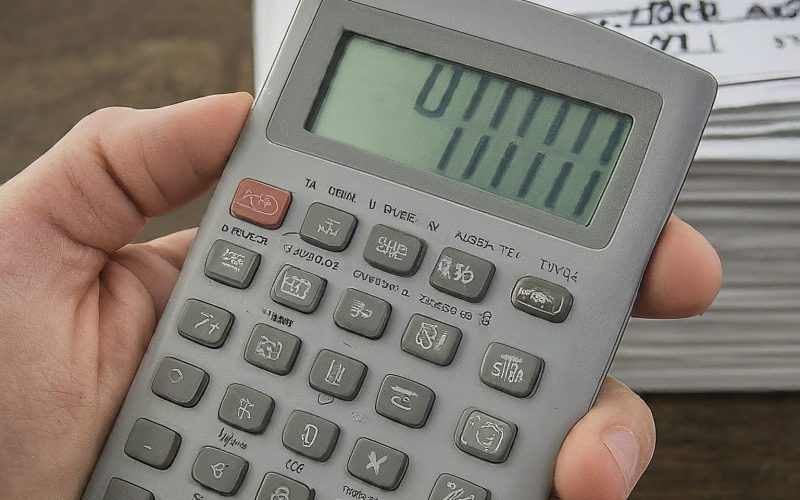Introduction:
As a financial journalist with over a decade of experience covering personal finance, I’ve seen firsthand the challenges student loan debt poses for millions of Americans. Throughout my career, I’ve strived to provide clear and actionable advice to help borrowers navigate the complexities of student loan repayment. In this article, we’ll delve into the recent court decision impacting student loan relief and explore what borrowers can do moving forward.
Student Loan Relief Initiative Stalled by Court Order
For millions of student loan borrowers, the prospect of broad-based debt forgiveness offered a glimmer of hope. However, a recent court injunction has placed the initiative on hold, leaving many borrowers in a state of uncertainty. This article will unpack the details of the court ruling, analyze its implications for borrowers, and explore alternative strategies for managing student loan debt.
Understanding the Legal Implications for Borrowers
The court’s decision hinges on the legality of the Department of Education’s broad loan forgiveness plan. The ruling argues that the department overstepped its authority in implementing such a large-scale debt relief program. While the legal battle continues, borrowers are left in limbo, unsure of whether or not they’ll qualify for forgiveness.
What Happens to Existing Loan Forgiveness Applications?
The court order applies to future applications, leaving the status of existing applications unclear. The Department of Education is currently reviewing existing applications, and borrowers can expect further communication in the coming weeks.

Alternative Repayment Strategies to Consider
While the court ruling may be a setback, there are still options available for student loan borrowers. Here’s a table outlining some key strategies:
| Repayment Strategy | Description | Eligibility Requirements | Benefits |
|---|---|---|---|
| Income-Driven Repayment Plans (IDR Plans) | Adjust monthly payments based on your income and family size. Qualify for forgiveness after a set number of years (usually 20-25 years) of on-time payments. | * Must be a federal student loan borrower. * Income must fall below a certain threshold. | * Lower monthly payments. * Potential for loan forgiveness. |
| Public Service Loan Forgiveness (PSLF) | Qualify for tax-free forgiveness after 10 years of working full-time in public service and making qualifying repayments. | * Must be employed full-time by a public service employer. * Must make qualifying repayments under a specific IDR plan. | * Forgiveness of remaining loan balance after 10 years. |
| Federal Loan Consolidation | Combine multiple federal loans into one for a single monthly payment and interest rate. | * Must have multiple federal student loans. | * Simpler loan management with one payment and interest rate. |
Resources and Support for Student Loan Borrowers
Several government agencies and non-profit organizations offer support and guidance to student loan borrowers. Here are some helpful resources:
- Department of Education’s Federal Student Aid website: Federal Student Aid (.gov)
- Consumer Financial Protection Bureau (https://www.consumerfinance.gov/)
The Road Ahead: Looking Beyond the Court Ruling
The court ruling is a temporary setback, but the fight for student loan forgiveness is likely to continue. Borrowers are encouraged to stay informed, explore alternative repayment options, and seek guidance from financial advisors if needed.
Looking for more options?
Consider including a comparative table outlining the different Income-Driven Repayment Plans (IDR Plans) such as IBR, PAYE, and REPAYE. This table can help borrowers choose the best option based on their income and family size. While creating a table is optional, it can be a valuable resource for readers.












